Dear Steemit Friends:
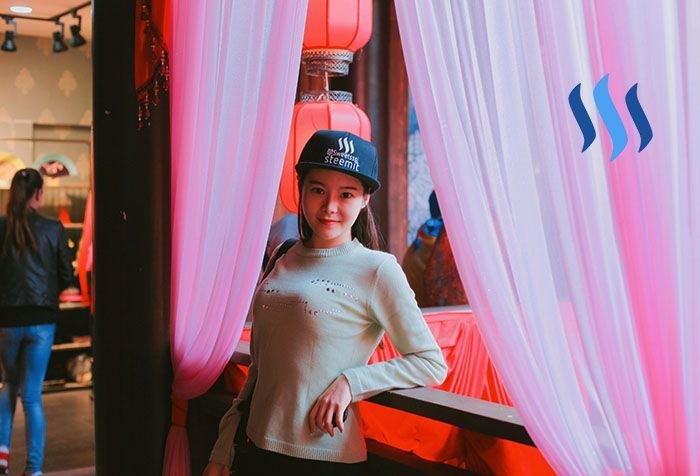
Today i'd like to continue the journey through Bai Lu Yuan Studios. Whew, it's a very big place, so this is the third part! Not to take away the fascination and intrigue that awaits though. If you missed the previous two, you can find them at
part1, part2
Today's post will be a little unusual. At least in terms of the setting. We'll be taking a look at a lesser talked about aspect of China but very much integral to it's history. The ancient Chinese brothels.
This building with the wooden plaque is called the 'Celebrate Youth Hall'. You can see quite a number of tourists coming out from inside. What's the cause for all the commotion you must be thinking? Well let's go inside and have a look!
It turns out that this building is a 'Pleasure Quarter. Otherwise known as a brothel. I didn't know what it was before walking in, but as it became clear, I was a little embarrassed to say the least!
⇩
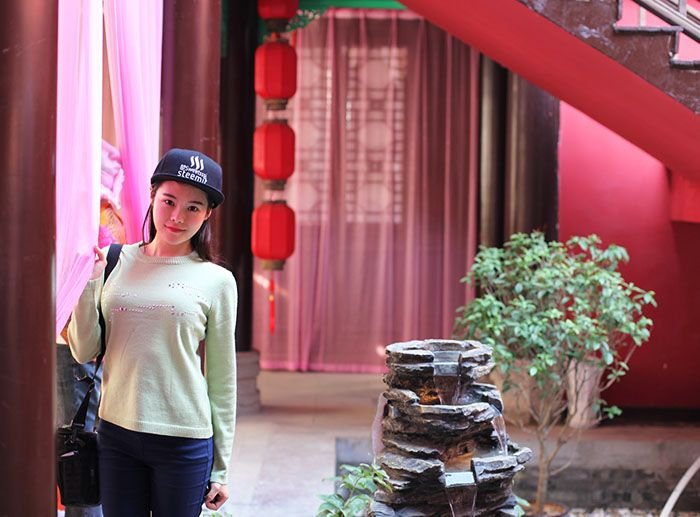
I don't have too much understanding of ancient Chinese brothels, but I frequently see them in movies and television shows. Usually there are pink or red curtain veils draped all over the place. It isn't actually for preserving modesty but is actually the style of decoration. It's hard to believe that prostitution was a common 'line of work' back in those days. The girls would earn what amounts to just enough money to feed themselves.
In my understanding, the girls in the brothels sell their bodies to make a living. What surprised me was that these brothels were actually one of the earliest businesses to go through systematisation. The goal was to create an additional income for the state treasury.
The girls who worked in these ancient brothels didn't just sell sex services. Some, like the Geisha from Japan would sell their talents. Therefore, many of the girls in these brothels would have quite a number of other talents.
⇩
Let's go inside and take a look at the rooms.
On the pillars where these pink and red curtain veils hang, you can see some really intricate red lanterns. Certainly makes the atmosphere more dreamy.
⇩
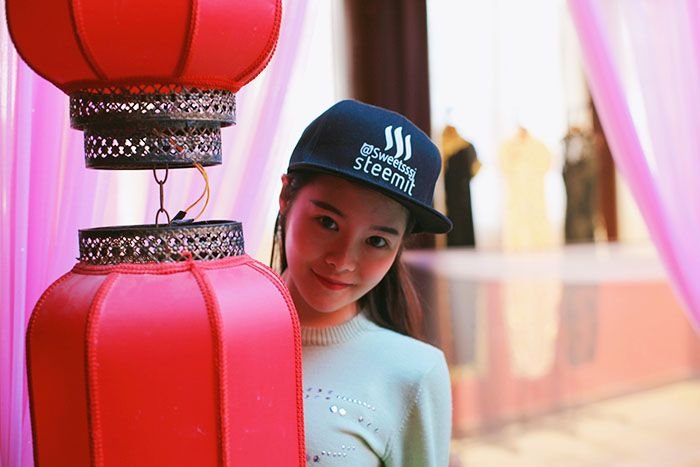
⇩
Upstairs are the rooms where the girls work.
These Chinese geisha's are all very proficient in the four arts (Zither, Go, Calligraphy and Painting) and never sell sex services.
The table on their rooms would have some calligraphy paper and ink-stone, ready to showcase their skills in the art of calligraphy.
There would also be a Zither that the girls would play for the guests.
There's also a book shelf. Usually the girls would spend their down time reading.
⇩
⇩
This is their bed. Deep red in colour, it is decorated with the same red and pink curtain veils we've seen throughout the building.
Beside the bed is their dressing table.
⇩
Every room is labelled with a unique name plaque. Kind of the like the private rooms in restaurants.
⇩
This is an ancient fan. The detail on the fan is absolutely exquisite. The painting on the right was repainted onto the fan on a smaller scale. I wonder which skillful painter was responsible for this !
So, after checking out the brothel rooms, let's take a quick look at the head ornaments and hairstyles the girls used to wear.
It seems one very common style was to wear a flower or flower petal on the head. This is probably why to this day, people in China like to refer to girls as flowers as nicknames.
Next, let's take a look at the clothes they used to wear.
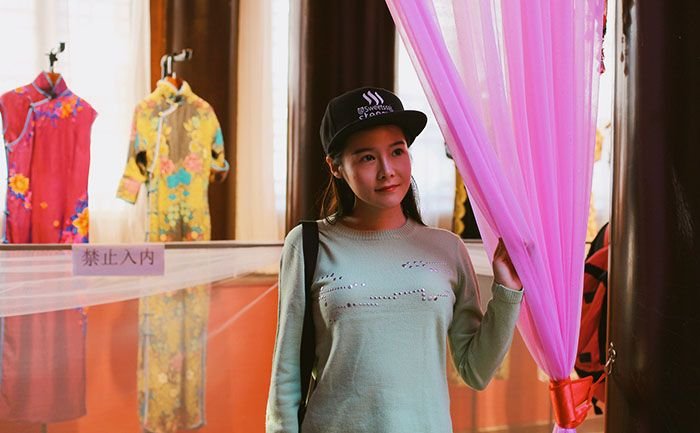
⇩
This is a traditional Chinese undergarment used as underwear. Today, it would be akin to a bra. This style was very popular in the Qing dynasty so has a very long history. Later on, it became quite popular as clothing for children. Sadly, this garment has fallen out of style as I rarely if ever see girls wear it.
This is a dress from the Tang dynasty. It has a straight breast line and high waist, a unique style to the Tang Dynasty. I quite like this style of dress and it actually remains quite popular in modern fashion too.
This is a traditional Han dress. Probably my favourite of all the ancient style dresses. I always wanted to buy myself one!
The Han dress represents the skill of the dress makers of the Han dynasty. The waist belt and sleeves are embroidered by hand. The rest is made with the finest silk.
These are clothes worn by government officials. You can see the embroidery has animals from the 12 Zodiacs. All of which are auspicious and meant to bring good luck.
These beautiful garments have very vibrant colours in addition to their very detailed embroidery. You can see some traditional Chinese elements in their design, such as the magic clouds and dragon totems. These are design elements still used today in some popular international brands such as Kenzo.
This is an example of an ancient sleeping gown. It's sometimes worn as an inner garment with something covered on the outside.
Below are the clothes worn by the ancient soldiers. Very cool I must say!
⇩
Below we have the more familiar traditional dress - Qi Pao.
The Qi Pao was a very standard dress for women during the Republic of China, later on it became recognised as national formal attire.
Most Qi Pao's share the same basic cut and design. What differentiates them are the patterns and materials used.
⇩
⇩
⇩
⇩
⇩
After seeing so many ancient traditional clothes and dresses, which are your favourites?
In this room they have a wide collection of all the styles of dresses on display which the visitors can try on as well as have their photographs taken.
⇩

⇩
⇩
⇩
⇩
⇩
⇩
⇩
⇩
⇩
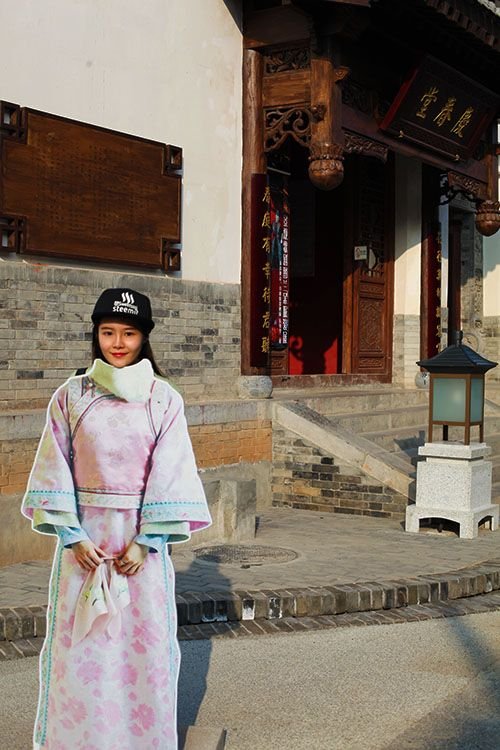
And that concludes my introduction to this rather unique place. Even though brothels remain a taboo subject matter in China, they were an important part of Chinese history and culture. Seeing these places first hand really help to give a balanced perspective on this part of history.
More exciting travel blogs to come!
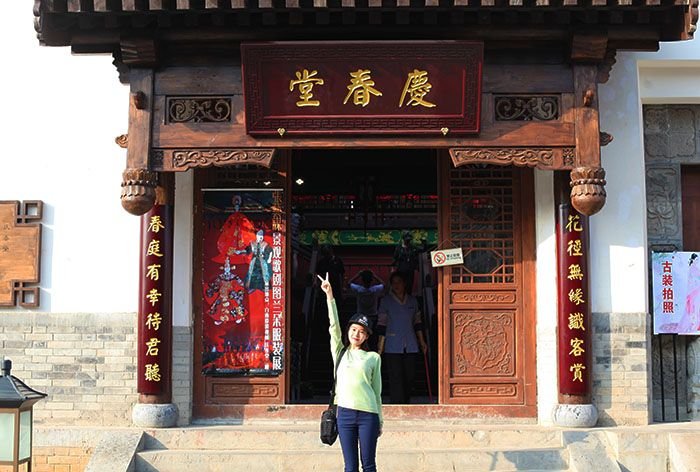
今天我想带大家继续白鹿原影视城的探索,如果你错过了前两部分,可以在这里part1, part2找到。今天的旅行比较特殊一些,我想带大家去了解下在中国古代比较神秘,人们不太常常谈到的一种文化。这个装扮好看的楼名字叫庆春堂,里面走出来不少游客,这么热闹你们一定很想知道这栋房子里是干什么的吧?那现在就跟我一起进去看看吧。原来这里面是古代的青楼,突然意识到自己走进了古代妓院的时候,我还不由得有些不好意思。在我的理解里,妓院里的女人一定是为了赚钱才去卖身的。然而让我惊讶的是,中国最早的妓院,竟然是最早进入制度化的一种行业,并且开妓院的目的,不是为了赚钱,而是政府用来增加国库收入的手段。当然在古代妓女的行业里,也分为卖艺和卖身两种,所以也不乏许多才华横溢的女子。
现在我们一起走进楼里面的房间去看看吧。红色和粉色的纱绑柱子上,还有漂亮的红灯笼和挂灯,增添了梦幻的感觉。楼上就是妓女们工作的房间了。多才多艺的艺妓,精通琴棋书画,而且只卖艺不卖身。在她们房间的桌上摆着笔墨纸砚,随时准备好为客人表演才艺。再有一把古筝,演奏美妙的曲子。当然还有书架,在没有工作的时候,她们也喜欢看看书吧。这里是她们红色的床,看起来非常喜庆。木床的装饰,同样是用了粉色和红色的纱绑在木床的柱子上。床边上是她们的梳妆台。每个房间的门上还有名字,好像现在餐厅里吃饭的包间。
接下来再跟着我看看,古代女子的服饰吧。这个是肚兜,这是古代女子的内衣,和现在的胸罩是一样用处,遮护胸部。这个是唐代的裙子,这个齐胸高腰的裙子,是唐朝特有的服装形式。我还挺喜欢这一套服装的,它的款式和用到的元素也可以在当今流行的服饰中找到。这个是汉服,也是我最喜欢的古代服饰,我自己一直很想买一套穿。汉服是汉族的传统民族服饰,可以看到她腰带上的刺绣和手臂上的绣花,都体现了汉族杰出的织绣染色的工艺和美学,更传承了中国30多项非物质文化遗产。这些是古代作官人的服饰,上面的刺绣图案主要以12生肖为主,装饰上也会采用象征吉祥的图案。这些漂亮鲜艳颜色的刺绣图案我很喜欢,非常的精致。这是古代女子的睡衣,也作为内搭,穿在外衣里面。下面就是古代将军们的衣服了,非常酷。下面可能是大家最熟悉的中国古代服饰,旗袍。看了那么多不同时期的古代女子服装,你最喜欢的是哪一套呢?这里还提供了很多服装可以让游客试穿合影留恋。最后希望大家喜欢我带大家探索的这个特殊的地方,之后还有更精彩的游记等着和你们分享哦!
